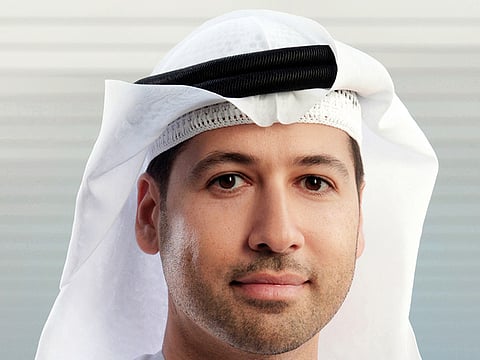UAE’s AUM seen at near $19b by 2020
DIFC plans to make a number of enhancements to its platform as it readies for growth

Dubai: The total assets under management (AUM) in the Middle East, Africa and South Asia or popularly called as the MEASA Region are expected to surge to $678.9 billion (Dh2.5 trillion) in 2020, from $436.5 billion last year, and that of UAE fund managers are expected to see their AUM grow to $18.9 billion in 2020 from $1.6 billion in 2016.
The Islamic assets management has been growing by 2.44 per cent on a compounded annual growth rate since 2012, and reached $58.89 billion by the end of 2016, the DIFC Wealth and Asset Management Report 2017 revealed.
Sharia-compliant investments, which represents just 1 per cent of global Islamic funds, have strong demographic demand but remain under-utilised. Sharia-compliant pension funds could be a key contributor to the Islamic fund management industry in the years ahead. GCC fund managers are expected to more than double their AUM to $110.9 billion by 2020.
“DIFC has identified the wealth and asset management industry as having huge potential for growth over the next five years, which is why we are making a number of enhancements to our platform,” Arif Amiri, Chief Executive Officer of DIFC Authority said.
Dubai will reinforce its status as the region’s leading financial hub with new legislation and regulation expected to attract inward investment, the DIFC said in a statement.
The MEASA assets under management totalled about $436.5 billion at the end of 2016, of which India accounted for $248.7 billion, followed by South Africa with $139.8 billion.
India has the potential to grow further and become a regional hub, however a tax treaty in the country remains a challenge for the local asset managers which have forced them to look for offshore financial centres to enjoy tax incentives.
Debt market
The GCC debt market has a record $71 billion in debt issuance in 2016 by 160 issuers. Most notably, Saudi Arabia issued its $17.5 billion debut international bond in October 2017. This was also the largest ever emerging market issuance,
beating the record of Qatar’s $9 billion Eurobond issue earlier in the year. GCC debt issuances are significantly ahead in the first half of 2017, with around $40 billion in sovereign issuances compared to $43 billion for the full year 2016.
“Higher yields on GCC fixed income compared to other regions have attracted increased interest from investors, which in turn has led GCC governments to increase their bond and sukuk issuances in 2017 seeking cheap deficit funding,” the DIFC said in a report.
Sign up for the Daily Briefing
Get the latest news and updates straight to your inbox



